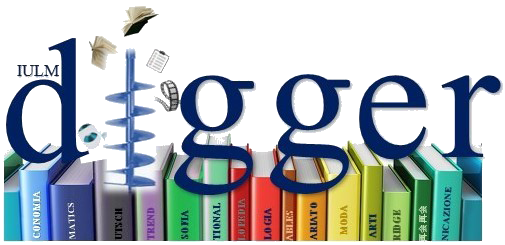The role of silver in the economic mechanisms of exchange of the ancient Near East has been studied especially in relation with the large amount of epigraphic data which testifi es for its use as a standard of equivalence and means of payment from the Mid 3rd millennium BC onwards. The possibility of an adoption of standardized pieces of silver (and other metals) as a pre-coinage currency are linked with the more general and debated questions on the existence of a “money” and “market” economy in the Near East and on the “weight” of private and free-market exchange in respect of other interaction modes (redistribution, gift-exchange). Silver seems to be used as a reference-value, a medium of exchange, and a store of value, covering the classic “money” functions, but never the metal passed from hands to hands without verifying its weight through metrological procedures, lacking the acceptance obligation. Moreover information gathered from the written documents is not satisfactory regarding practical procedures and mechanisms and is not clear how much and how frequently silver was physically exchanged. Therefore the silver circulation is still to be clarifi ed. The presence of hoards and funerary assemblage with amount of precious metals shaped as rings, coils, bars, ingots, scraps, allows to investigate the “silver question”, starting with a contextual and typological analysis of the objects. Different examples from Mesopotamia (i.e. Larsa, Nippur, Tell Asmar, Khafaja, Tell Taya), Syria and the Levant (i.e. Ebla, Mari, Nagar, Ekron), including new unpublished materials, will be taking into account trying to link the archaeological approach with the economic and exchange models.
Ancient Near Eastern Economics: The Silver Question between Methodology and Archaeological Data, 2010.
Ancient Near Eastern Economics: The Silver Question between Methodology and Archaeological Data
Peyronel, Luca
2010-01-01
Abstract
The role of silver in the economic mechanisms of exchange of the ancient Near East has been studied especially in relation with the large amount of epigraphic data which testifi es for its use as a standard of equivalence and means of payment from the Mid 3rd millennium BC onwards. The possibility of an adoption of standardized pieces of silver (and other metals) as a pre-coinage currency are linked with the more general and debated questions on the existence of a “money” and “market” economy in the Near East and on the “weight” of private and free-market exchange in respect of other interaction modes (redistribution, gift-exchange). Silver seems to be used as a reference-value, a medium of exchange, and a store of value, covering the classic “money” functions, but never the metal passed from hands to hands without verifying its weight through metrological procedures, lacking the acceptance obligation. Moreover information gathered from the written documents is not satisfactory regarding practical procedures and mechanisms and is not clear how much and how frequently silver was physically exchanged. Therefore the silver circulation is still to be clarifi ed. The presence of hoards and funerary assemblage with amount of precious metals shaped as rings, coils, bars, ingots, scraps, allows to investigate the “silver question”, starting with a contextual and typological analysis of the objects. Different examples from Mesopotamia (i.e. Larsa, Nippur, Tell Asmar, Khafaja, Tell Taya), Syria and the Levant (i.e. Ebla, Mari, Nagar, Ekron), including new unpublished materials, will be taking into account trying to link the archaeological approach with the economic and exchange models.I documenti in IRIS sono protetti da copyright e tutti i diritti sono riservati, salvo diversa indicazione.



